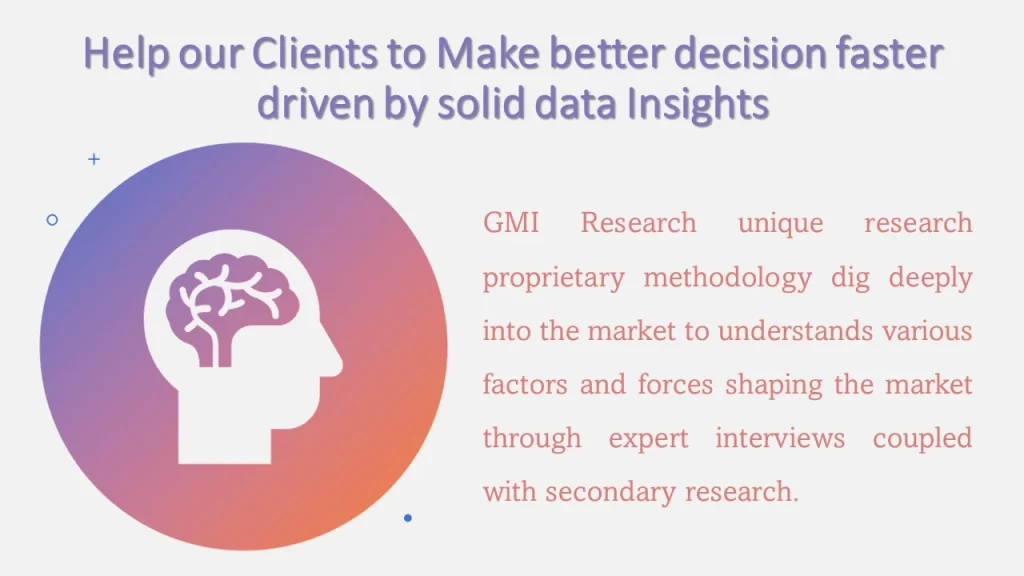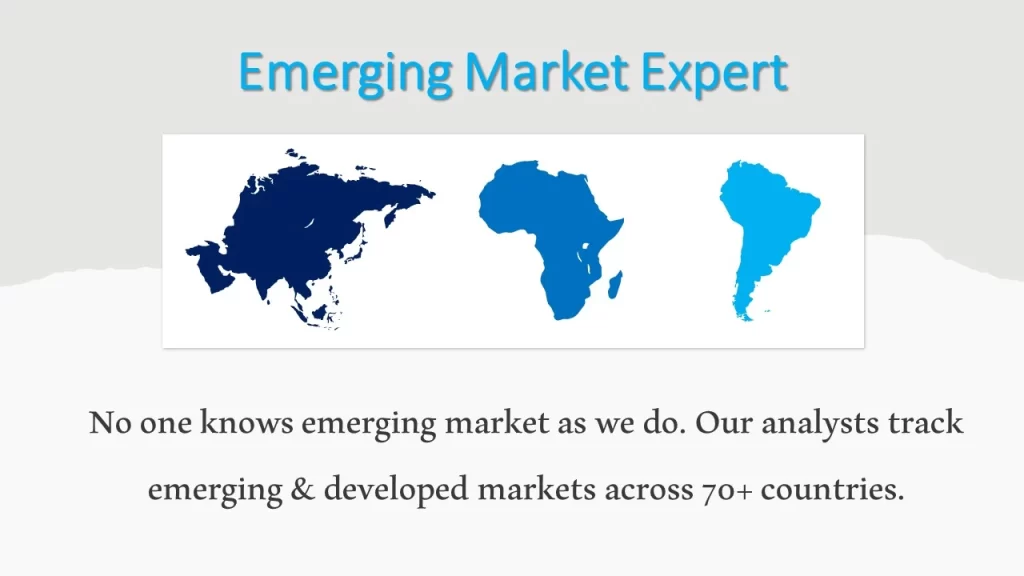Malaysia education market is projected to grow at a steady CAGR during the forecast period between 2025 and 2032 owing to the growing demand for improved education quality alongside an increasing number of foreign students.
Major Market Drivers and Emerging Trends
Malaysia seeks to position itself as a prominent education hub on the global and regional stage. To achieve this, the government is promoting international educational collaboration and pushing higher education establishment both private and public towards greater research emphasis.
The education system in Malaysia spans from early childhood care to higher education and professional development. The Malaysia Education Blueprint 2013-2025 seeks to develop graduates equipped for the future and skilled in industries relevant to IR4.0 technologies in line with the country’s goal of becoming a leading education hub in the region. The surge in private tertiary education institutions has contributed significantly to developing human resources for Malaysia and ASEAN. More than 300 colleges offer Bachelor’s and Diplomas degrees while universities provide Master’s and doctoral programs. The strategic blueprint Way Forward for Private Higher Education Institutions outlines its ambition to become a top international education hub which attracts 250 thousand foreign students in 2025.
Malaysia has seen a surge in foreign student numbers in recent years with approximately 44,000 students from China were enrolled in Malaysian institutions in 2023. Many international students also come from Muslim-majority countries with most of them attending private tertiary education institutions. Malaysia is a top destination for international studies due to its exceptional education quality. The country’s higher education institutions provide diverse academic programs which adhere to global standards. With a growing demand from international students, the country is strategically positioned to further expand as a regional leader in transnational education hub. The country has outlined ambitious objectives in its path to becoming a developed country which focuses on strengthening international partnerships while promoting the transfer in knowledge and talent globally.
Why Purchase a Standard Report When You Can Customize this Report
Please Let us know your Customization Requirements
The other factor supporting Malaysia education market size growth is the digital transformation and the emergence of online learning solutions. Internet user base in Malaysia exceeds 33 million and the 97% internet penetration rate across the population supports the online platforms expansion. Google serves as the primary tool for information search with Instagram and WhatsApp being the leading social media platforms in Malaysia.
The Education Ministry has introduced the e-learning platform named Classruum which offers online lessons and video tutorials. It also provides practice exams and gamified learning experiences. The platform offers lessons on subjects required for major exams with content that meets the syllabus from the Education Ministry and delivered by a select group of qualified tutors and teachers. The mobile app Classruum Playlabs is aimed at children aged four to six which helps them learn about the alphabet and numbers.
Based on end-users, the market can be divided into schools/universities, teachers, students and others. Malaysia had 7,778 public elementary schools in 2022 while there were also 138 private elementary schools which encompass academic and religious types. Around two million students were enrolled in secondary schools funded by the government institutions in Malaysia.
Based on educational level, tertiary education took the lead in market revenue. Private universities have the highest tuition fees across the education sector with rising fees over the years leading to a significant increase in their revenue. Malaysia is a country with around 34 million people from various ethnic backgrounds and is home to 477 private tertiary education institutions. It also hosts ten international academic branch campuses which contributes to its goal of becoming an education hub in the region. These institutions offer various tertiary qualifications at competitive prices.
Based on method, education in Malaysia is divided between traditional offline classes and online learning platforms with offline approaches still being the more common option in the country. Yet a large number of Malaysian have been involved in online learning which underscores its strong preference for digital education. This swift adoption is not just due to technological convenience but also reflects its ambition to become the leading educational center in Southeast Asia.
Top Market Players
Several major education companies in the country include Udemy and Coursera among others. The leading universities in the country include the University Malaya, Universiti Teknologi Malaysia and several others.
Key Developments
-
- In 2024, the Ministry of Higher Education and AWS have joined forces to roll out new training programs that focus on empowering students and educators in TVET segment in Malaysia. The collaboration will allow AWS to offer 140,000 students with access to over 200 carefully selected AWS clouds along with AI training courses online.
- In 2024, Universiti Malaya and Pearson have partnered to enhance international learning prospects in Malaysia. This agreement reinforces Pearson’s dedication to support Malaysian institutions and the government in bringing in a diverse array of international students. This collaboration will facilitate various initiatives including the student and staff exchanges along with joint research efforts.
Segments covered in the Report:
The Malaysia Education Market has been segmented on the basis of End-Users, Educational Level, and Method. Based on End-Users, the market is segmented into Learning Providers, Schools/Universities, Students, and Teachers. Based on Educational Level, the market is segmented into Primary Education, Middle Education, Secondary Education, Vocational Education, and Tertiary Education. Based on Method, the market is segmented into Offline Classes and Online Learning Platforms.
|
Report Coverage |
Details |
| Market Revenues (2024) |
USD Million |
| Market Base Year |
2024 |
| Market Forecast Period |
2025-2032 |
| Base Year & Forecast Units |
Revenues (USD Million) |
| Market Segment | By End-Users, By Educational Level, By Method |
| Regional Coverage | Malaysia |
| Companies Profiled | Udemy, Coursera, among others; a total of 2 companies covered. |
| 25% Free Customization Available | We will customize this report up to 25% as a free customization to address our client’s specific requirements |
Market Segmentation
Malaysia Education Market by End-Users
-
- Learning Providers
- Schools/Universities
- Students
- Teachers
Malaysia Education Market by Educational Level
-
- Primary Education
- Middle Education
- Secondary Education
- Vocational Education
- Tertiary Education
Malaysia Education Market by Method
-
- Offline Classes
- Online Learning Platforms
Malaysia Education Market Leading players (Option 1: Free 25% Customization – Profiles of 5 Additional Companies of your Choice)
-
- Udemy
- Coursera
Frequently Asked Question About This Report
Malaysia Education Market [GR24AB-01-00415]
The Malaysia education market is expected to experience consistent growth at a steady CAGR from 2025 to 2032.
In recent years, Malaysia has experienced a surge in foreign student numbers with around 44,000 students from China joining Malaysian institutions in 2023.
Market growth is propelled by the increasing desire for better educational standards and the rising number of international students.
Major players in the education sector include Udemy, Coursera, among several others.
Related Reports
- Published Date: Feb-2025
- Report Format: Excel/PPT
- Report Code: GR24AB-01-00415
Licensing Options
Single-User License:
The report is used by the purchaser (One Individual) only
Multi-User License:Report is shared with maximum 5 users (employees) including the purchaser of the purchasing corporation only
Corporate License:
Report is shared with unlimited user (employees) of the purchasing corporation only
The report is used by the purchaser (One Individual) only
Multi-User License:Report is shared with maximum 5 users (employees) including the purchaser of the purchasing corporation only
Corporate License:
Report is shared with unlimited user (employees) of the purchasing corporation only
Malaysia Education Market and Analysis Report – Opportunities and Forecast 2025-2032
$ 4,499.00 – $ 6,649.00
Why GMI Research







